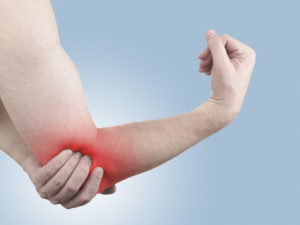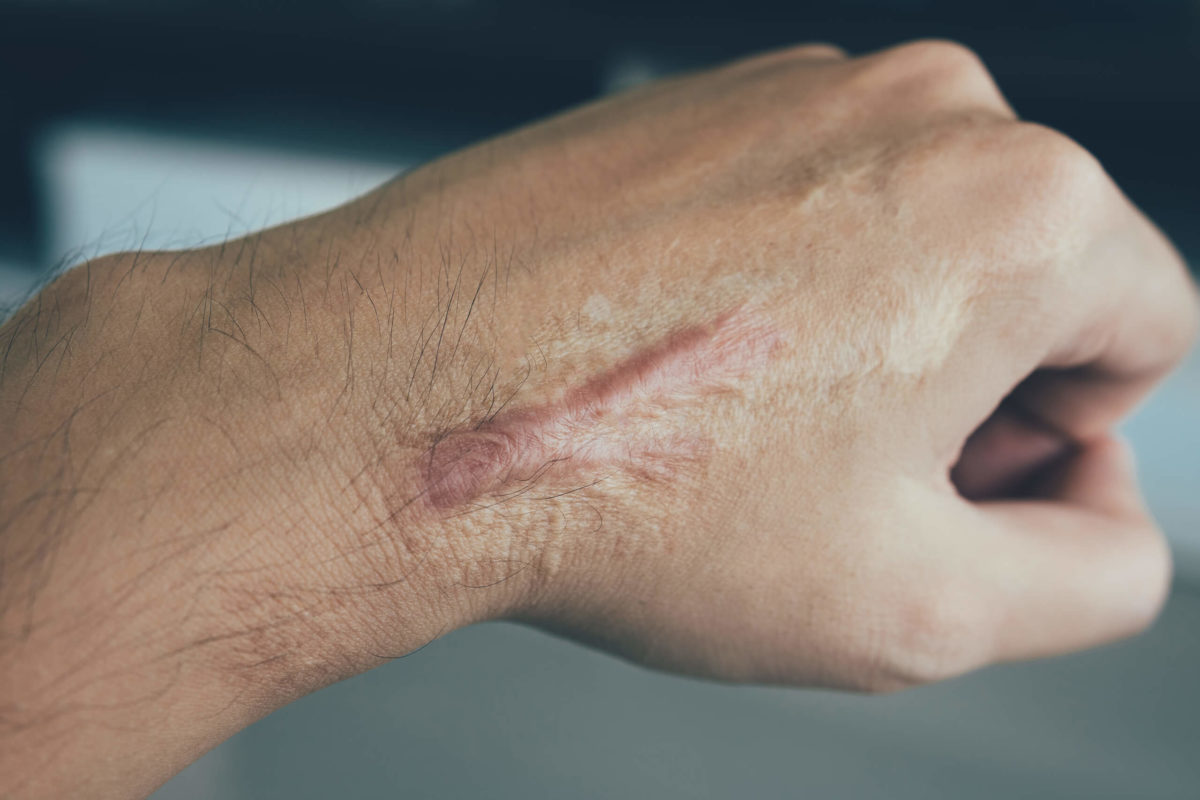Pain is the body’s way of signaling that something might be amiss. But what if the pain occurs in your hand, wrist, or elbow? How do you determine whether it’s a concern that necessitates medical attention or something you can manage at home? Dr. Avery Arora, a hand doctor in Southeast Michigan, provides insights on when to seek help for hand pain, wrist pain, or elbow pain.
Understanding the Source of Pain
Sometimes, the cause of pain is apparent – perhaps you’ve had a recent fall or engaged in strenuous activity. However, in other cases, pain seems to emerge out of nowhere. Dr. Arora explains that pain can result from various factors, including infection, inflammation, or underlying medical conditions like gout or diabetes-related neuropathy. Additionally, the origin of pain might not always be in your arm; a pinched nerve in the neck can radiate pain throughout the arm. It’s essential to consider your activity level and the wear and tear on your body, especially in cases of joint pain or tendinitis. While aging may bring some joint discomfort, it’s not inevitable for everyone.
Common Causes of Hand, Wrist, and Elbow Pain
Several activities or conditions can predispose individuals to pain in these areas:
Golfer’s Elbow
Golfer’s elbow can result from various activities, not just golf. It typically involves repeated bending, grasping, and twisting of the arm and wrist, causing inflammation in the tendons connecting the elbow to the forearm.
Carpal Tunnel Syndrome
This condition affects the hand and wrist, often caused by repetitive finger and hand use, leading to swelling around the wrist and pressure on the median nerve.
Arthritis
Types like osteoarthritis and rheumatoid arthritis are known to affect the fingers and hands, causing joint pain due to cartilage breakdown.
Muscle Strains and Ligament Sprains
These injuries can occur in the thumb, finger, and wrist, resulting in pain throughout the hand. Hand sprains, wrist sprains, and/or elbow sprains, often follow an injury or stretching of joint ligaments.
Other Causes
Additional factors contributing to elbow, wrist, or hand pain include Kienböck’s disease, biceps tendonitis, De Quervain’s tenosynovitis, trigger finger, mallet finger, ulnar wrist pain, ganglion cysts, fractures, and tennis elbow. Because there are so many variables, we do always advise to seek medical help as soon as possible.
Assessing Your Pain
Healthcare professionals use triage to determine the need for urgent medical care, and you can apply a similar approach at home. If the pain is excruciating or immobilizes you (e.g., a wrist fracture), seek immediate medical attention. However, for less severe pain, consider these questions:
• Does pressing on the area worsen the pain?
• Is there redness or inflammation?
• Is the area swollen or stiff?
• On a pain scale of 1 to 10 (1 being minimal and 10 the worst), how would you rate your pain?
If you answer “yes” to the first three questions or rate your pain as 6 to 10, it’s time to consult a healthcare provider. For “no” answers and pain levels at 1 to 3, you can start with home treatment.
DIY Care for Hand, Wrist, or Elbow Pain
For manageable symptoms, you can begin with self-care to alleviate discomfort:
1. Apply ice for new-onset pain or heat if it persists.
2. Over-the-counter pain relievers like ibuprofen or acetaminophen can help.
3. Consider using a stretchy elastic bandage or compression device for painful or swollen areas.
4. If your pain results from overexertion or repetitive motion (e.g., tennis elbow), rest from the activity and allow your body to recover.
When the Pain Persists
Even tolerable pain warrants attention if it persists. If home treatment doesn’t yield results after a few days, consult a healthcare provider. Be sure to provide comprehensive information about your activities and medications or supplements you’re taking. Doctors can identify underlying issues contributing to persistent pain. While most non-worrisome conditions resolve in a few days, acute symptoms like severe swelling, redness, pain, or deformity may require urgent evaluation and care.
Understanding when to seek help for hand, wrist, or elbow pain is crucial for your overall well-being. By assessing your symptoms and considering their severity, you can make informed decisions about treatment. Remember, pain should never be ignored, but neither should it cause unnecessary alarm. Proper evaluation and care can ensure a swift return to comfort and functionality. These surgical measures may be necessary for various reasons, including joint involvement, open fractures, or loose bone fragments affecting ligaments, nerves, or blood vessels.
If you’re in need of expert care for hand and wrist fractures, contact a MI hand doctor for specialized guidance and treatment. There are many reputable hand doctor options from the Ascension or Beaumont healthcare systems, or you can choose Top Doc Dr. Avery Arora of Arora Hand Surgery. You can schedule an appointment at one of Dr. Arora’s four offices in West Bloomfield, Warren, Macomb, or Howell, Michigan today.

























